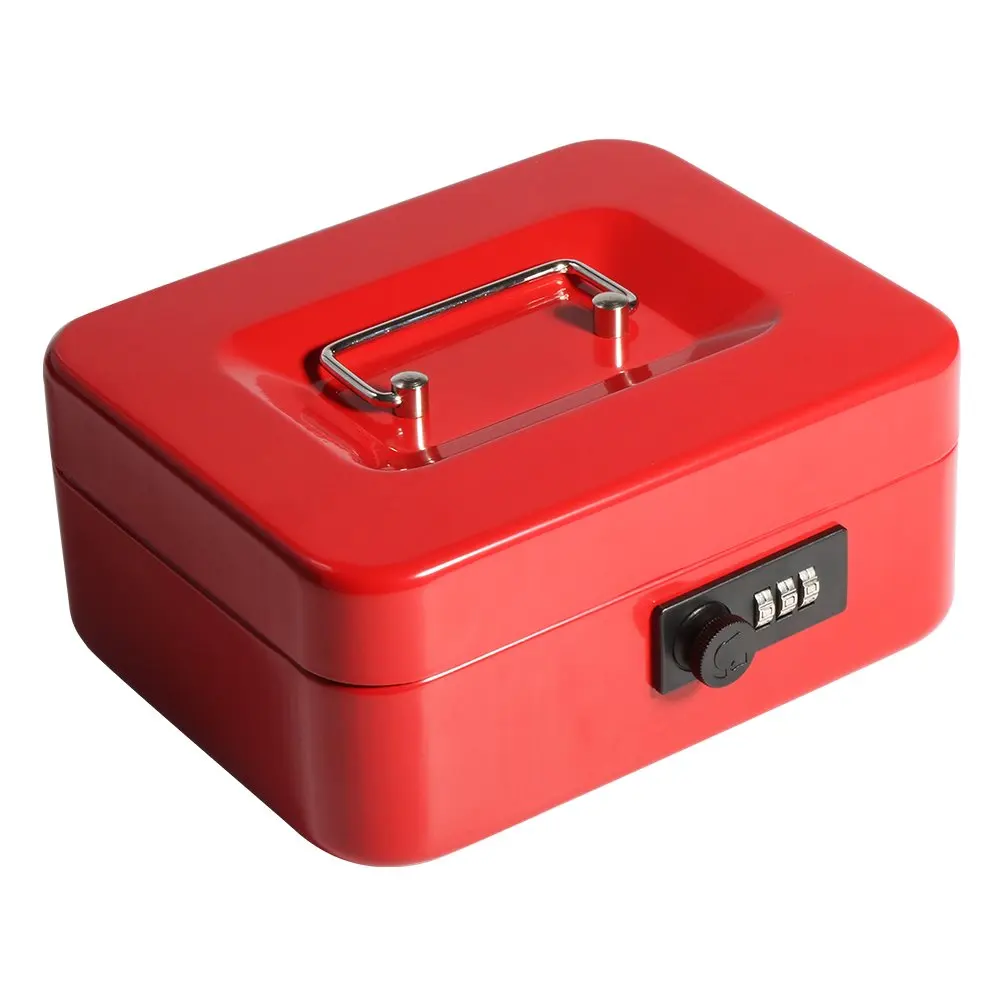

“This was a company that was already defying much of what we already know about submersible design,” Rachel Lance, a Duke University biomedical engineer who has studied physiological requirements of survival underwater, said on CNN Thursday. Some industry experts said OceanGate’s operations were known to be risky. The company also boasted of collaborations with reputable institutions that have since denied partnering with OceanGate on the submersible in question. But experts agree that any inquiry is sure to question the design of the craft, the materials used to build it and whether Rush and his company should have done more to avert such a deadly outcome.Ī CNN review of OceanGate’s marketing material, public statements made by Rush and court records show that even as the company touted a commitment to safety measures, it rejected industry standards that would have imposed greater scrutiny on its operations and vessels. However, since the catastrophe occurred in international waters, authorities are discussing how an investigation would unfold, the official said.

Rush, the CEO of OceanGate and the pilot of the ill-fated Titan submersible that imploded this week diving to the Titanic wreckage, understood the dangers of his endeavors.Īnd his comments to the students seem tragically prophetic.Ī US Coast Guard official said Thursday authorities had begun to map the debris of his vessel about 1,600 feet from the Titanic wreck. Despite such planning, he conceded, “something always bites you that you didn’t expect.” “The key element in any expedition is you got to be thinking, what could go wrong? What can I do to mitigate that risk,” Rush told the students via a live web stream prior to one of his voyages.
#Walmart small safe box full#
Stockton Rush wore a hard-hat and stood next to one of his submersible crafts last year full of enthusiasm as he told a bunch of students about the thrills and perils of being a deep-sea explorer.


 0 kommentar(er)
0 kommentar(er)
